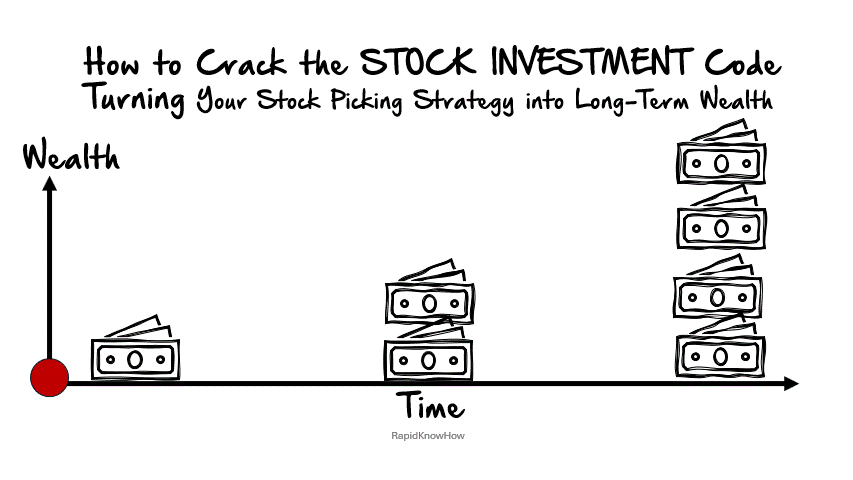The stock market, a complex and often intimidating world, is a place where fortunes can be made or lost in the blink of an eye. It’s a realm that requires knowledge, patience, and a keen understanding of various factors that influence the rise and fall of stock prices. To navigate this labyrinth successfully, one must crack the stock assessment code.
Stock assessment involves evaluating the potential profitability of different stocks based on various factors such as the company’s financial health, market trends, economic indicators, and more. It’s an essential process for any investor looking to make informed decisions about where to put their money.
Types of Stocks
Understanding the different types of stocks is crucial in cracking the stock assessment code. There are primarily three types: dividend stocks, growth stocks, and value stocks.
1. Dividend Stocks: These are shares in companies that distribute a portion of their earnings to shareholders in the form of dividends. They are typically issued by large, established companies with stable earnings. Dividend stocks can provide a steady income stream for investors and are often considered less risky than other types of stocks. However, their growth potential may be limited compared to other types.
2. Growth Stocks: These are shares in companies expected to grow at an above-average rate compared to other companies in the market. Growth stocks rarely pay dividends; instead, these companies reinvest their earnings into further expansion and development. While they offer high return potential, they also come with higher risk as their prices can be volatile.
3. Value Stocks: These are shares in companies that investors believe are undervalued by the market. They often have lower price-to-earnings (P/E) ratios and may pay dividends. Value stocks can be a good option for conservative investors looking for steady growth and income over time.
Best Companies
Identifying the best companies to invest in involves thorough research and analysis. Look for companies with strong financial health, good management, a competitive edge, and a track record of growth. Companies that consistently pay dividends or have a history of steady earnings growth can be good options for dividend and growth stocks, respectively. For value stocks, look for companies that are undervalued by the market but have strong fundamentals.
Dividend Stocks
Investing in dividend stocks can be a smart move for those seeking a steady income stream. Companies like Unilever, British American Tobacco, and Royal Dutch Shell are known for their consistent dividend payouts.
Growth Stocks
For those willing to take on more risk for potentially higher returns, growth stocks can be an attractive option. Tech companies like Amazon and Alphabet (Google’s parent company) have been notable growth stocks in recent years.
Value Stocks
Value investing requires patience and a keen eye for undervalued companies. Some investors have found success with this strategy by investing in companies like Berkshire Hathaway and JPMorgan Chase.
Conclusion
Cracking the stock assessment code is no easy feat. It requires a deep understanding of different types of stocks and the ability to evaluate companies based on various factors. Whether you’re drawn to the steady income of dividend stocks, the high-growth potential of growth stocks, or the undervalued opportunities of value stocks, remember that all investments come with risk. Always do your research and consider seeking advice from financial professionals before making investment decisions.
